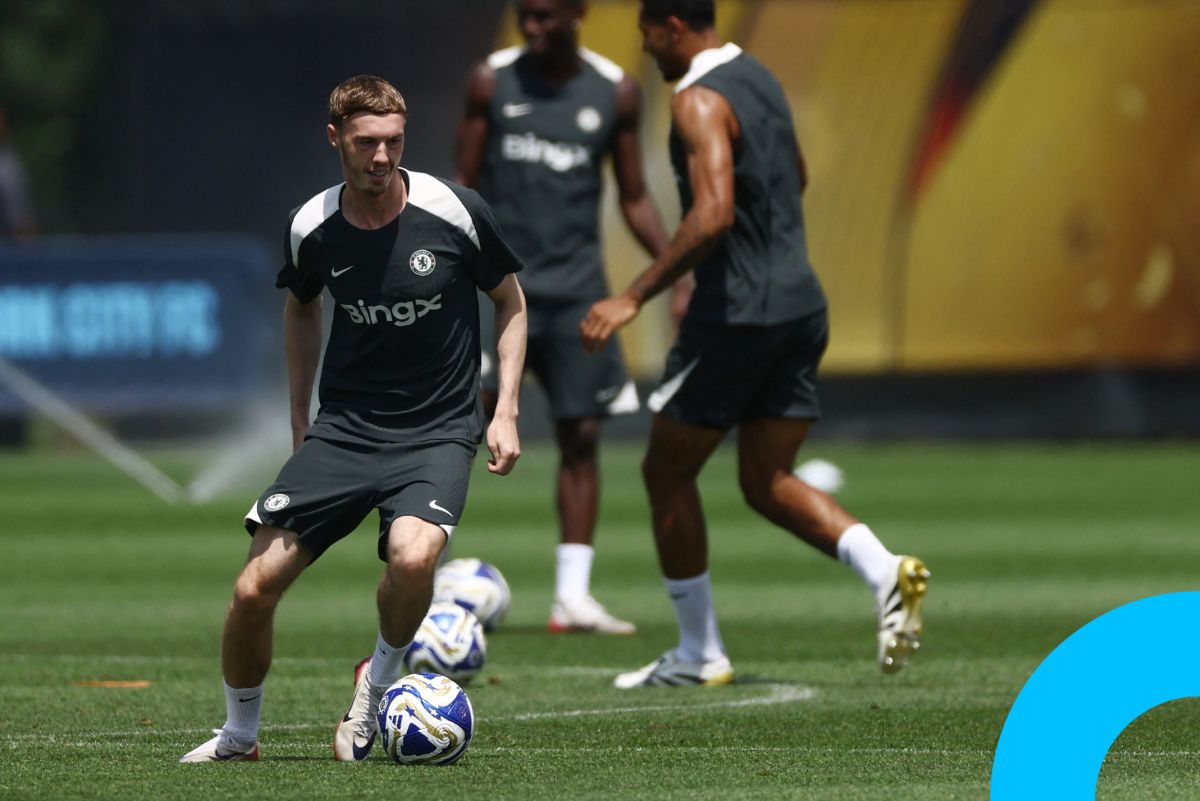Since Todd Boehly and Clearlake Capital took over Chelsea three years ago, the club has spent close to €2 billion on transfers, raising eyebrows across the football world. The squad has ballooned to an unprecedented size, enough to split into two full teams, while the club’s financial model has drawn scrutiny from UEFA. Despite all the spending, fans and analysts alike are left wondering: what exactly is Chelsea’s strategy?
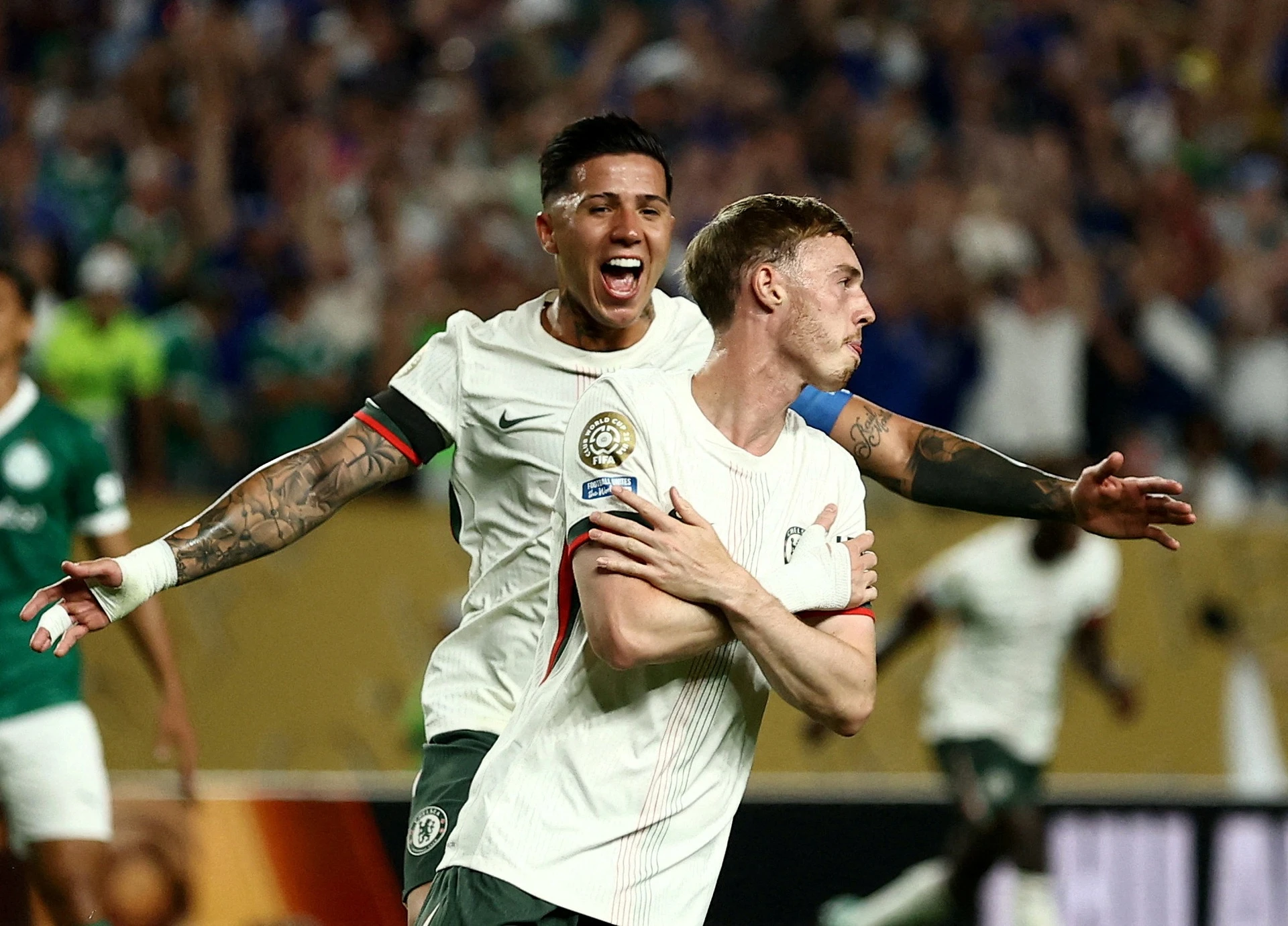
Transfer Strategy
Phase 1: The “Superstar Spree”
In Boehly’s first year, he acted as de facto sporting director, aggressively pursuing big-name players. From Raheem Sterling and Kalidou Koulibaly to Mykhailo Mudryk and Pierre-Emerick Aubameyang, Chelsea even came close to signing Cristiano Ronaldo at 37. €630 million was spent, yet the club finished in the bottom half of the Premier League.
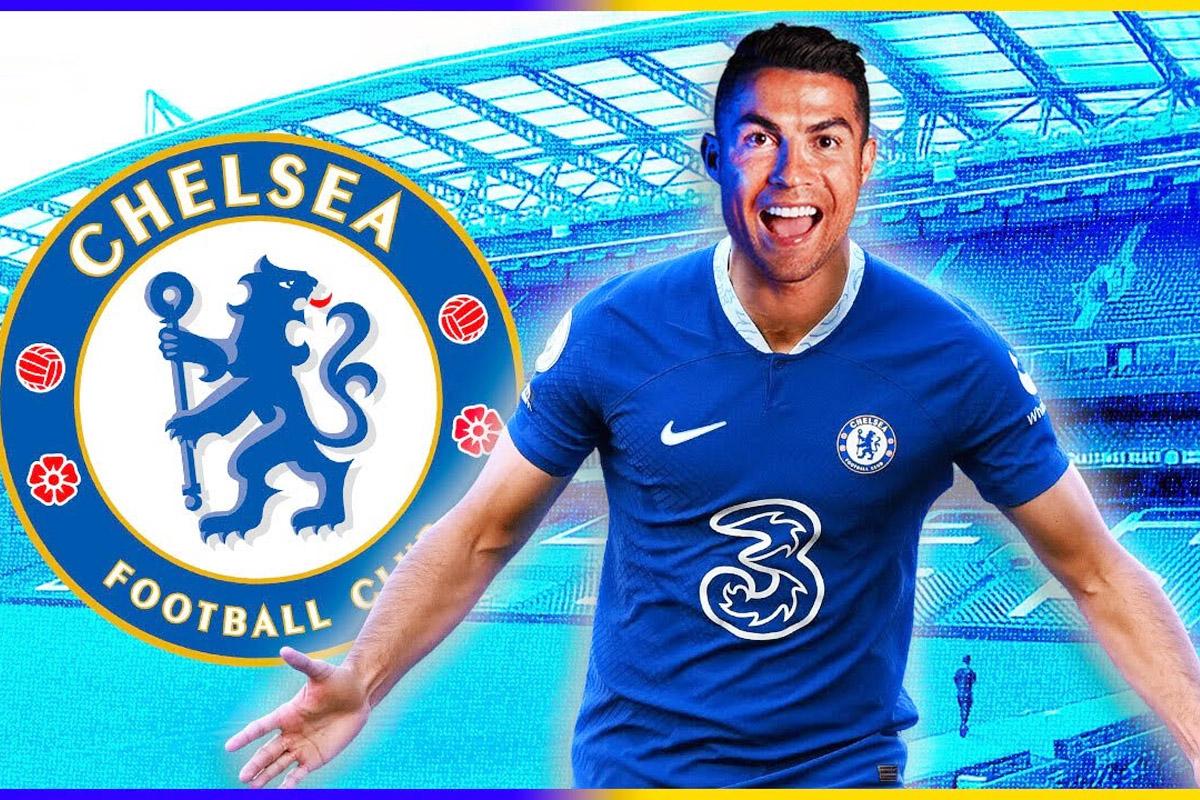
Phase 2: Betting on Youth
Next came a pivot to young, global talent. Over €400 million was invested in players under 23. The hit rate was mixed, but gems like Cole Palmer and Moises Caicedo emerged, helping Chelsea climb to 6th place in the 2023/24 season.
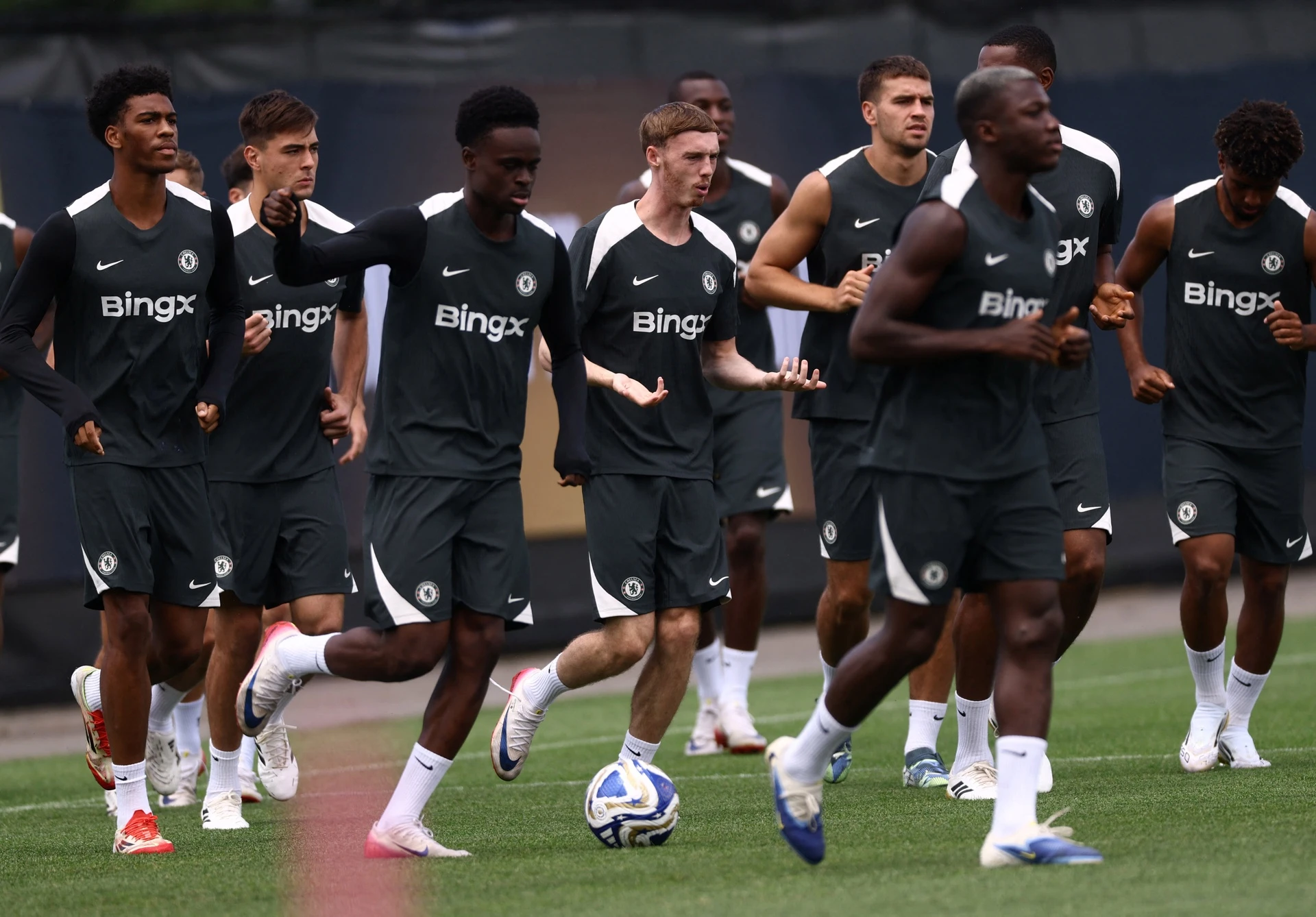
Phase 3: Young but Experienced
In 2024, Chelsea targeted players who were both young and experienced, like João Félix and Kiernan Dewsbury-Hall. The results improved: Chelsea won the UEFA Conference League and secured a Champions League return by finishing 4th in the Premier League.
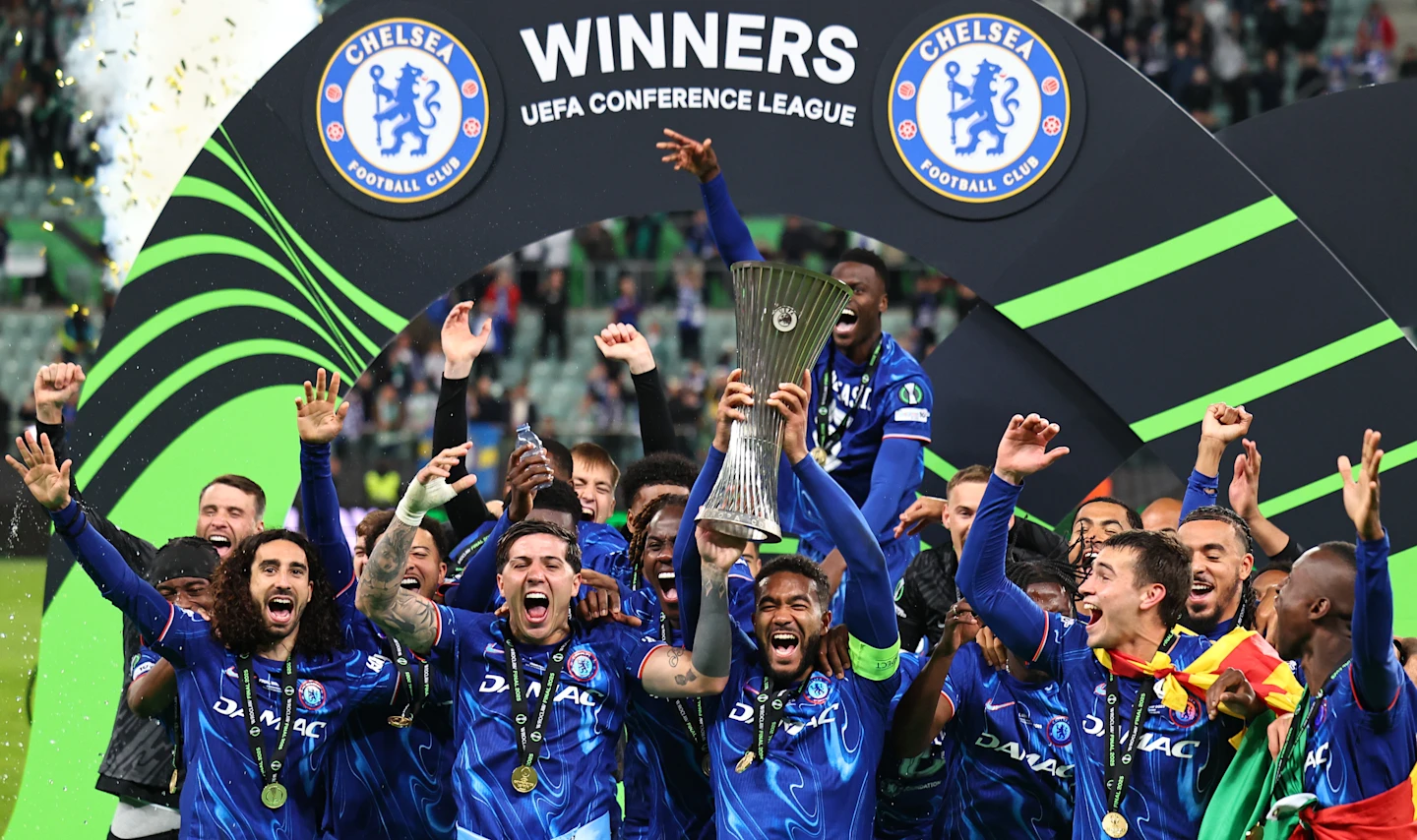
With a promising and deep squad in place, 2025 seemed like the perfect time for Chelsea to make targeted signings. Instead, the club made three head-scratching investments:
- Liam Delap (€35.5M): Scored 10 non-penalty goals for relegated Ipswich.
- João Pedro (€63.7M): Showed promise at Brighton but limited goal contributions.
- Jamie Bynoe-Gittens (€64.3M): Mediocre stats at Dortmund but bought like a star.
Over €160 million was spent on players who don’t clearly elevate the squad. Despite Noni Madueke showing strong potential (0.61 xG+xA), Chelsea are reportedly open to selling him—potentially to Arsenal, a top-four rival.
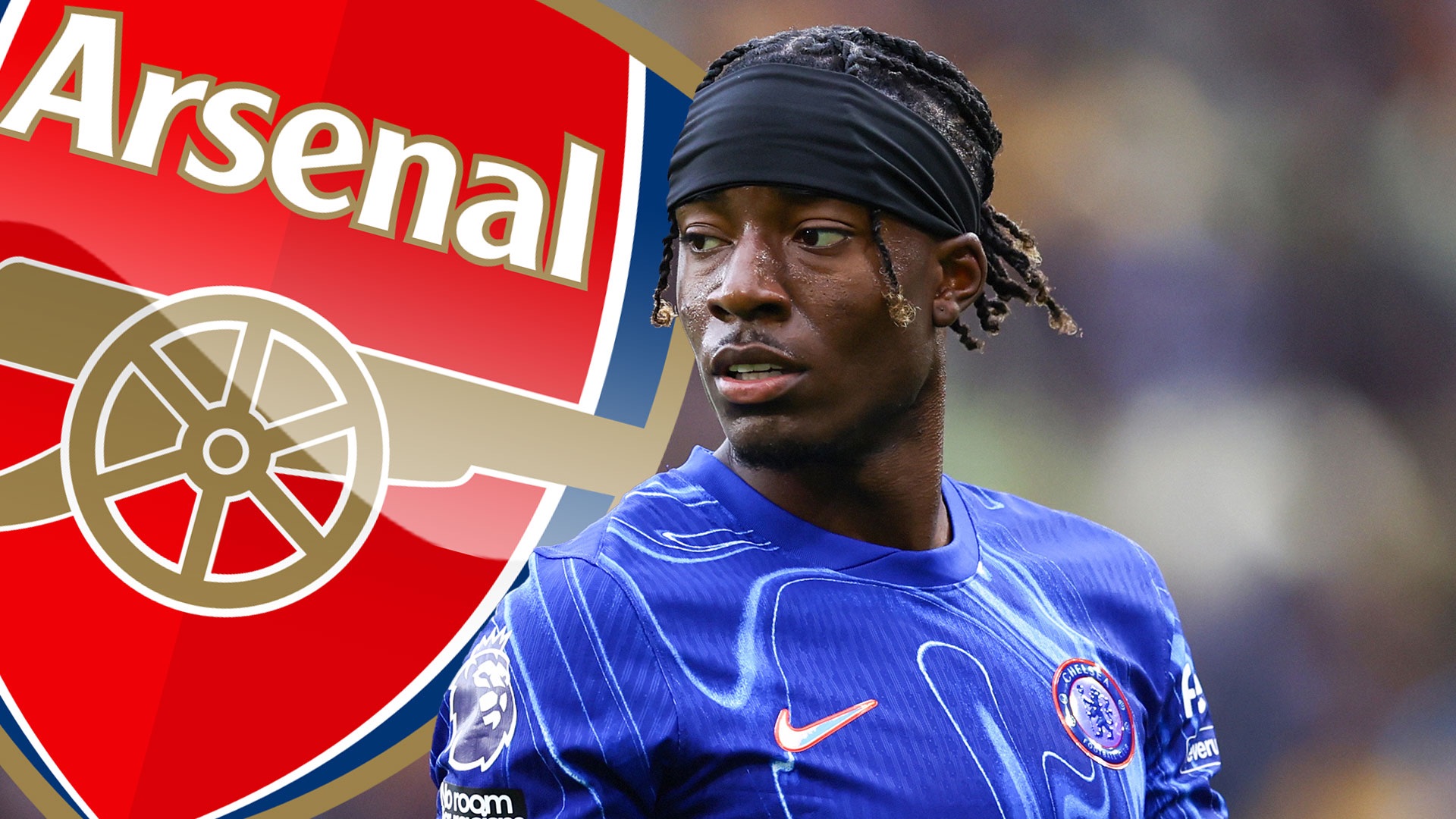
Strategic Innovations or Just Financial Maneuvers?
Chelsea has pioneered two financial tactics:
- Extended Contracts to amortize transfer fees and dodge FFP issues.
- Using Strasbourg as a “B Team” for youth development in Ligue 1.
Yet the overall goal remains unclear. Unlike Roman Abramovich, who spent to win, Boehly and Clearlake are financial investors. Their approach may work in U.S. sports, but in European football, on-pitch results are vital to club valuation.
Chelsea remains over €1 billion in debt despite significant player sales. Without trophies and Champions League revenue, club value can’t increase.
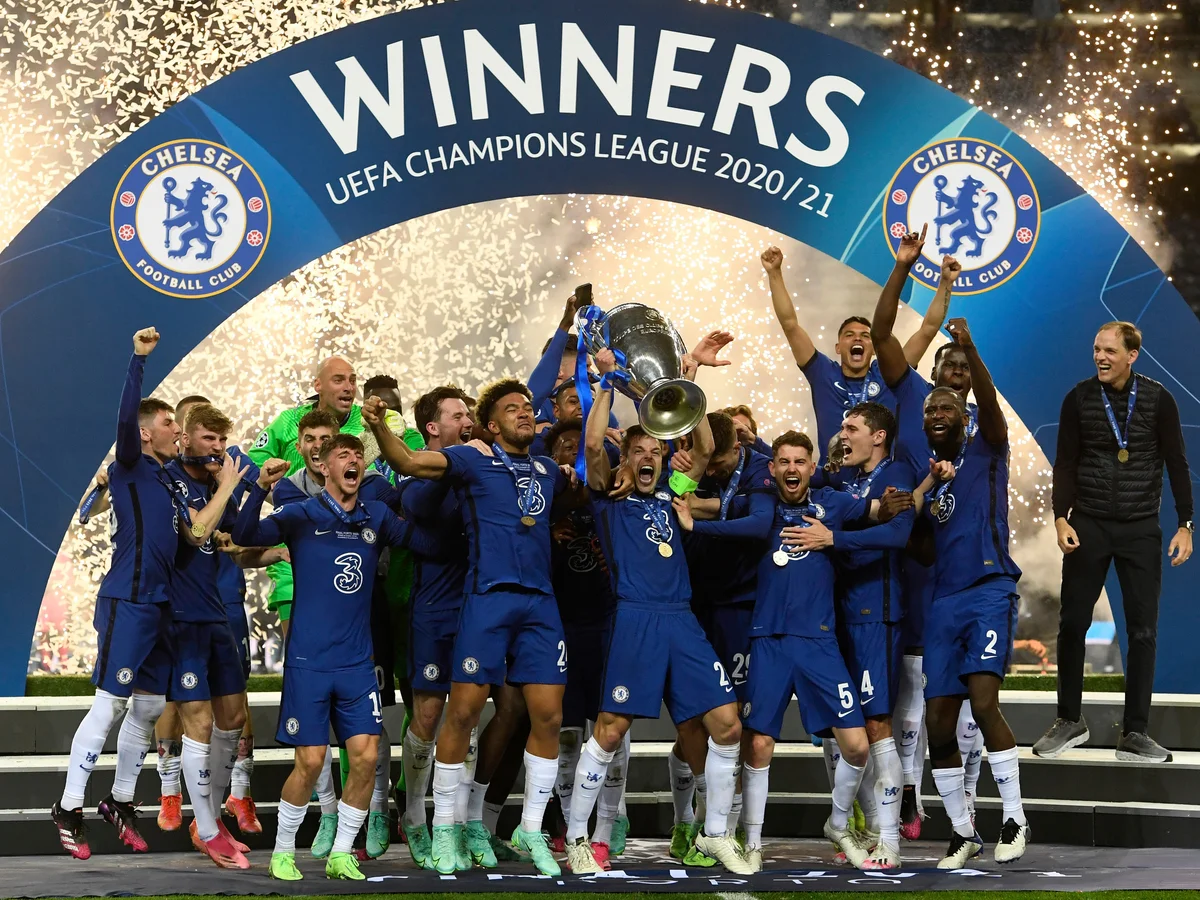
Chelsea increasingly resembles a spreadsheet more than a football team. Players are treated as assets, not tactical pieces. Deals are made for investment value, not squad coherence. Despite outspending the football world, Chelsea fans are still waiting for signs that the club has a clear plan to win.
Chelsea’s €2 billion transfer spending under Todd Boehly may represent ambition, but without a coherent football strategy, it’s hard to see the path to sustained success. Until results match investment, the club’s direction will remain under scrutiny.

